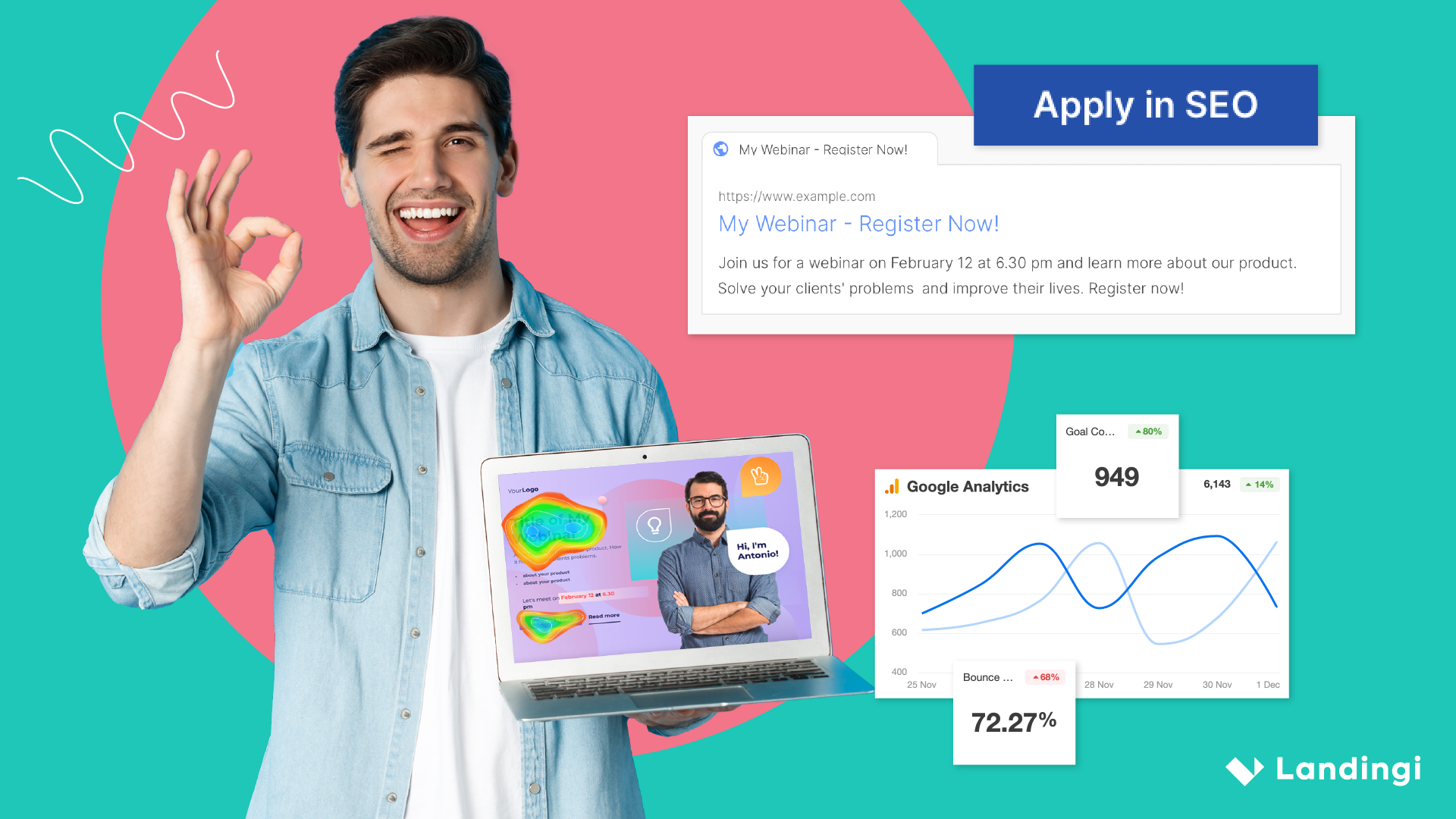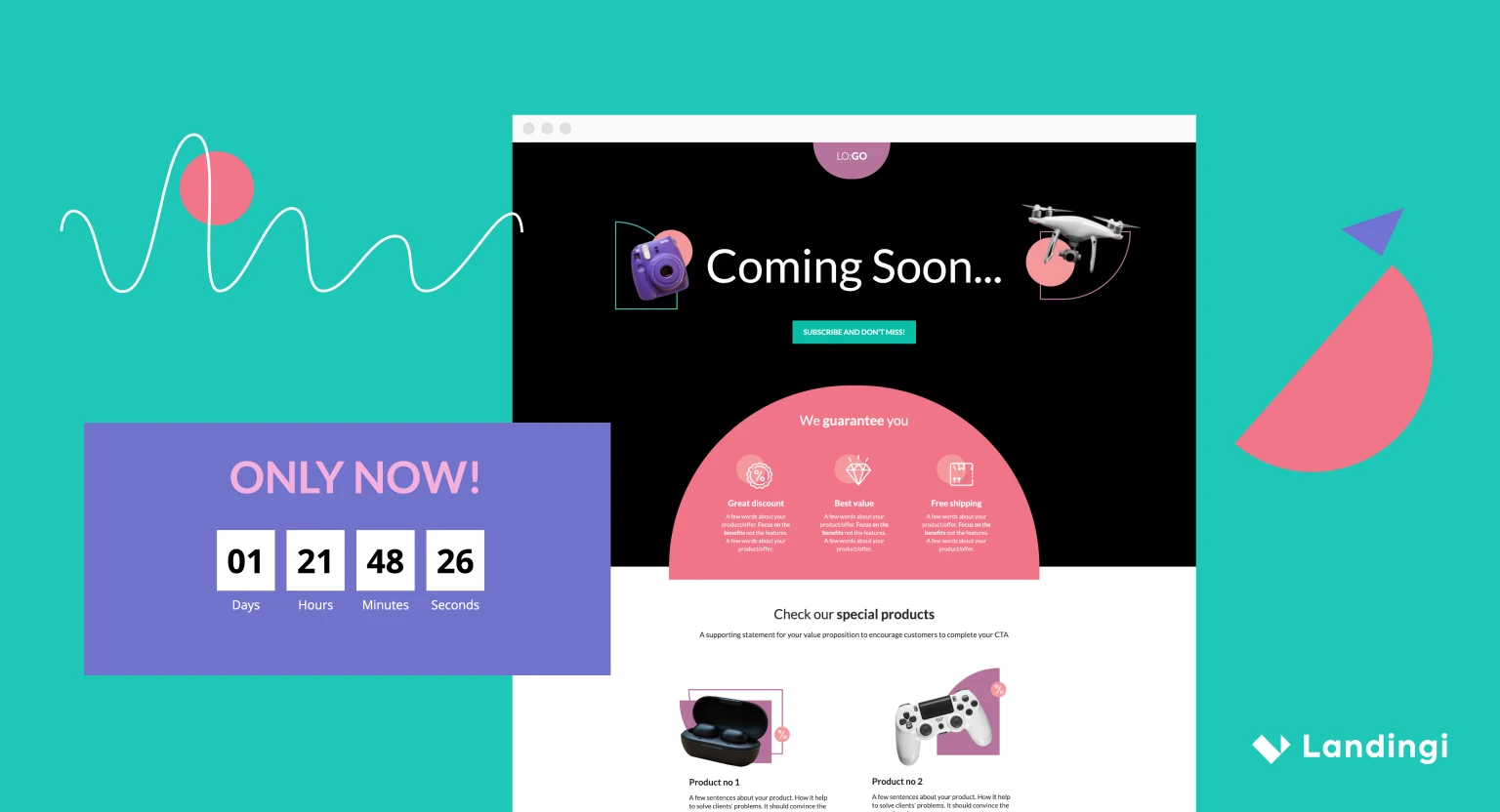Picture this: Your landing page is the elevator, and your pitch is the short journey from floor 1 to 12. Just like every great landing page, your pitch should be concise, impactful, and memorable.
But here’s the twist – we don’t believe in the old adage, “perfect practice makes perfect.” Instead, we believe in the power of flexibility, creativity, and a dash of spontaneity. What is an elevator pitch, and why your landing page strategy could benefit from it?
What is an Elevator Pitch?
An elevator pitch is a concise, well-crafted speech that you can deliver in the time it takes to ride an elevator. It’s your opportunity to make a strong first impression, whether you’re networking, interviewing for a job, or pitching to potential investors.
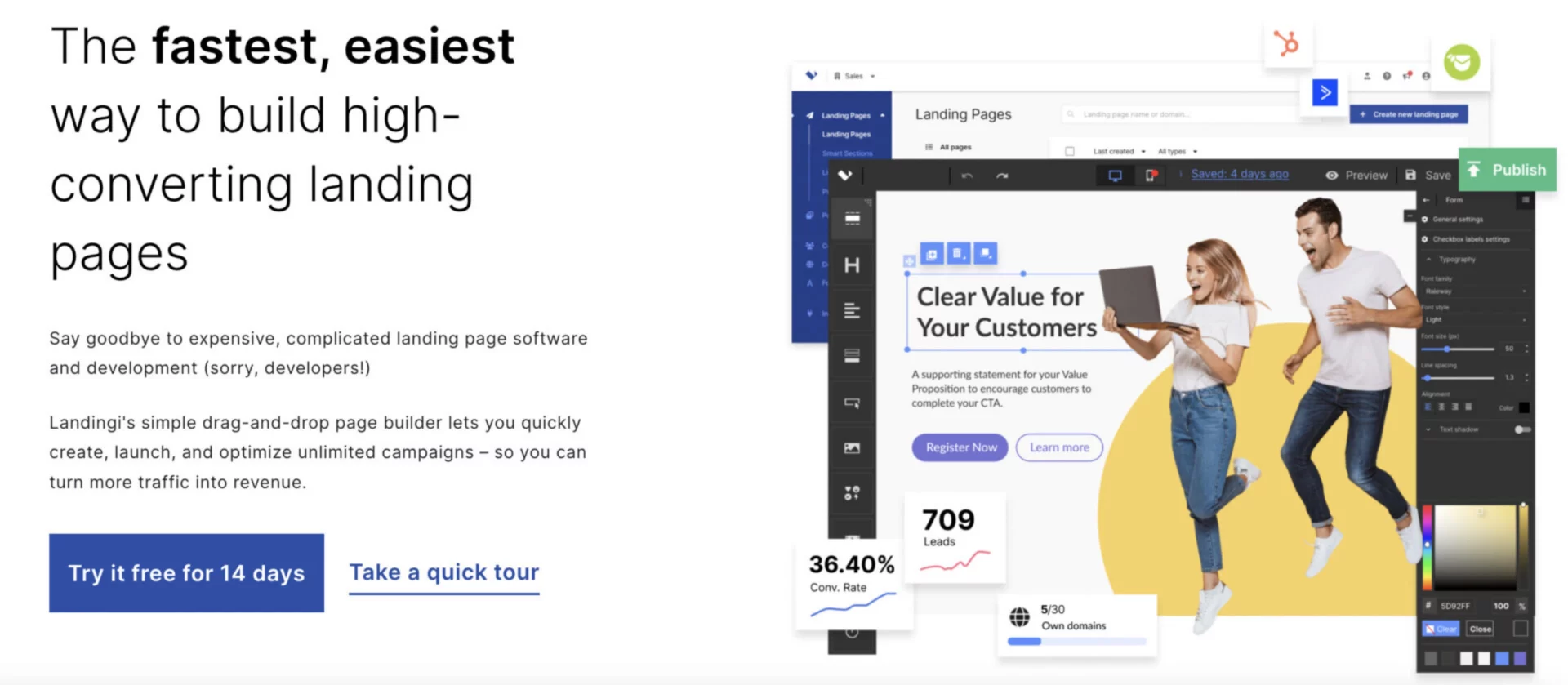
Where Can You Use an Elevator Pitch?
Networking Events
At networking events, an elevator pitch can help you introduce yourself and your business in a memorable way. Your chances of standing out and making connections are increased when you do so.
Job Interviews
In job interviews, an elevator pitch can help you quickly communicate your skills, experience, qualifications (e.g., project management Master’s degree), and what makes you a unique candidate. It can help you make a strong first impression and set the tone for the rest of the interview.
Investor Meetings
In investor meetings, an elevator pitch can help you quickly communicate your business idea, your market, and why you’re potentially a high-yield investment. The purpose of this is to get investors’ attention and interest in learning more about you.
Landing Page
And yes! Your landing page is often the first point of contact potential customers have with your business. An effective elevator pitch can help you quickly communicate your value proposition, grab visitors’ attention, and persuade them to take action.
Make your sections smartable and let go of mundane manual tasks with Smart Sections! An easy way to manage bulk changes.
Techniques and Tips for Crafting and Delivering a Compelling Elevator Pitch
Start with a Hook
The hook of your elevator pitch is your opening statement or question.
It’s your opportunity to grab the listener’s attention and intrigue them enough to want to hear more. Remember, the first impression is often the most memorable, so ensure your hook is engaging and exciting.
Example: “Did you know that the average person spends 5 years of their life waiting in lines? Our app cuts that time by 80%.”
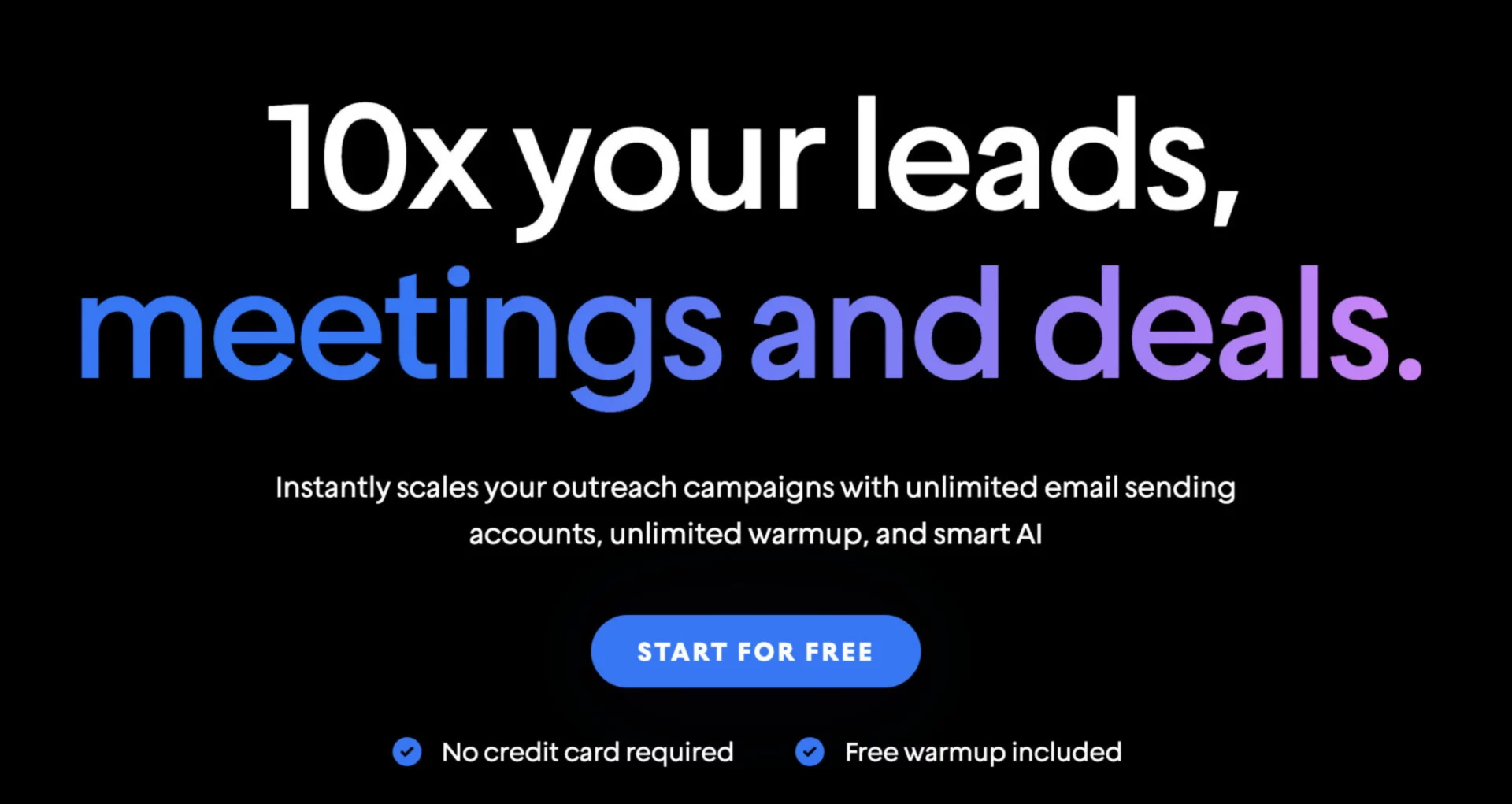
Articulate Your Value Proposition
The value proposition is the core of your pitch. It succinctly describes what you offer and why it’s valuable. Rather than being vague, clearly express the unique benefits you or your product provide.
Example: “Our smartwatch doesn’t just track fitness metrics; it gives personalized health advice based on real-time data, ensuring that each of our users receives a health plan tailored to their needs.”

Showcase Your Uniqueness
Emphasize what sets you apart from your competitors. This could be your unique selling proposition, an exclusive product feature, or a notable achievement. By demonstrating your distinctiveness, you position yourself as a one-of-a-kind solution.
Example: “Unlike most e-learning platforms that use pre-recorded videos, our platform offers live, interactive sessions, creating a virtual classroom experience.”
Make It Engaging and Memorable
Use vivid, descriptive language to create a lasting mental image. Incorporate storytelling elements to enhance the engagement and retention of your pitch.
Example: “Imagine a world where you could hold your entire office in the palm of your hand. That’s what we’ve created with our LinkedIn scraper.”
Keep It Concise and Clear
Deliver your pitch within 60 seconds, using simple, straightforward language. The objective isn’t to share every detail, but to spark interest in your listener.
Example: “Our app connects local farmers with urban consumers, making fresh produce just a click away.”
Use Powerful Language
Select your words thoughtfully. Incorporate potent, convincing language that expresses confidence and command. Steer clear of weak or passive phrases that might dilute your message.
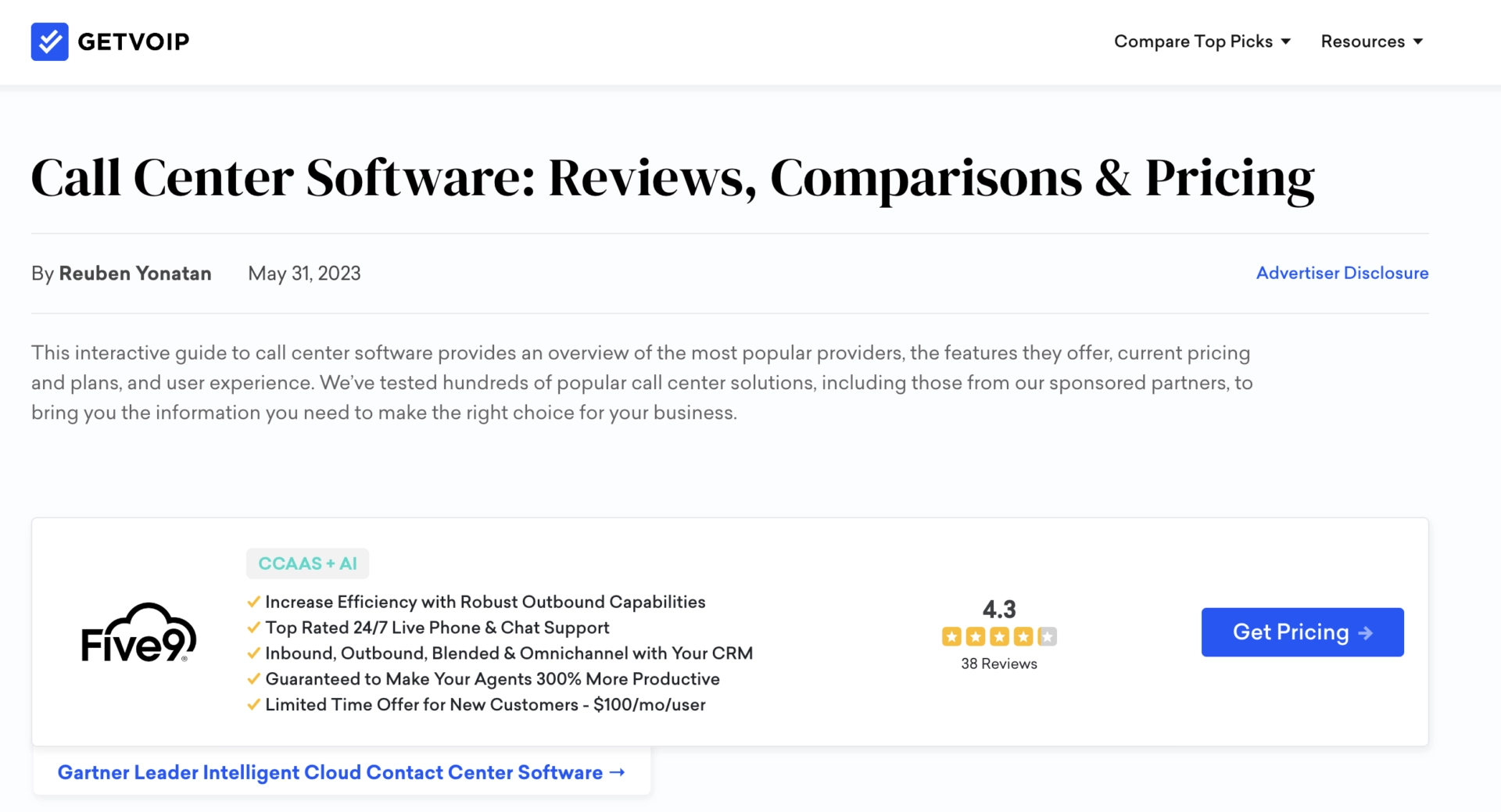
Focus on Benefits, Not Features
When discussing your product or service, emphasize the benefits it offers rather than its features. People are generally more interested in how something can improve their life rather than the mechanics behind it.

Use Social Proof
Leverage testimonials, case studies, reviews (even those left in, e.g., Instagram comments), or other forms of social proof in your pitch to build trust and credibility.
Example: “We’ve helped over 5,000 small businesses increase their online sales by an average of 30% within the first six months.”
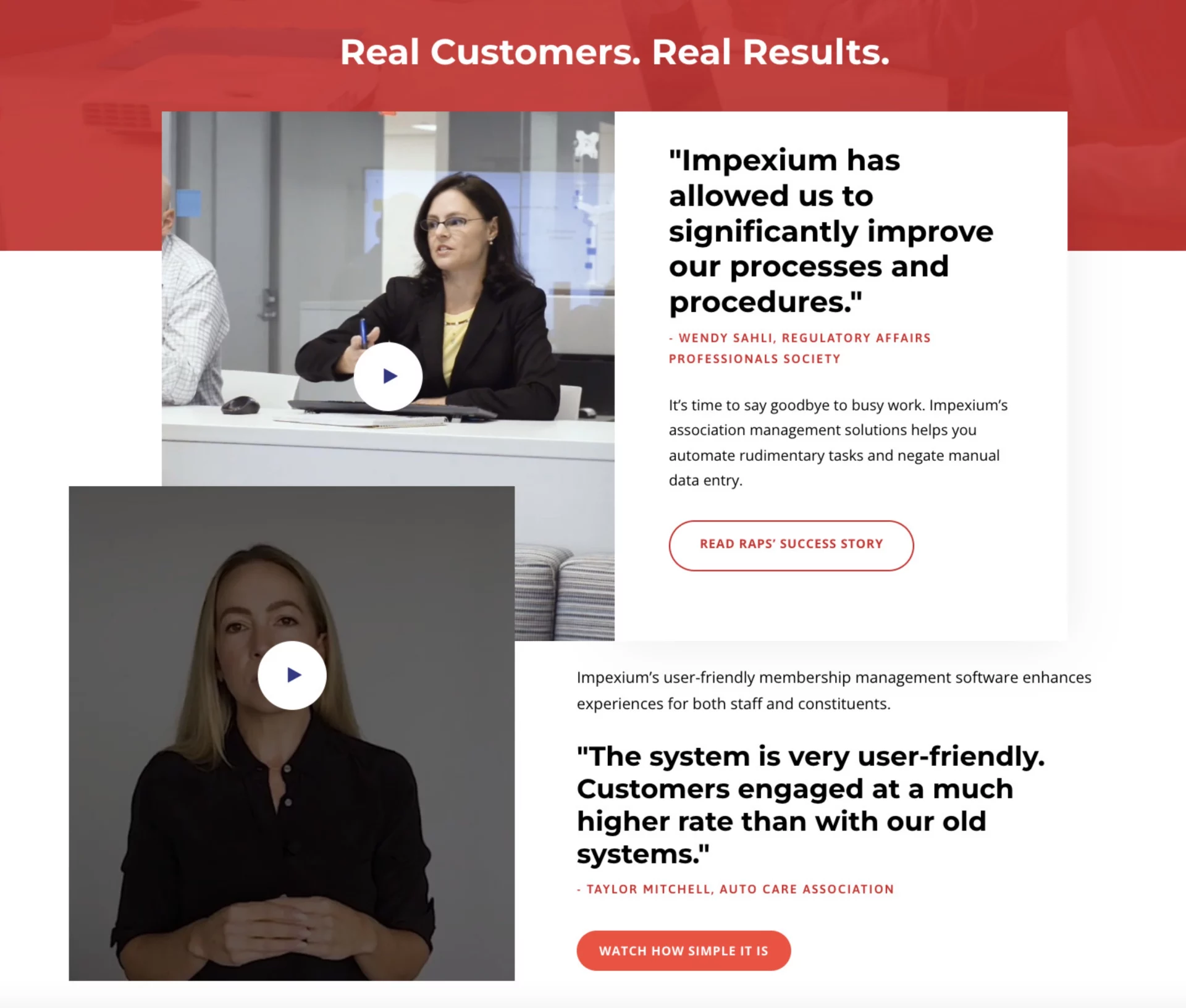
Be Passionate
Exhibit enthusiasm for your topic. Passion is infectious and can stimulate engagement in your listener.
Example: “I believe our product can revolutionize the way we perceive renewable energy, and I’m thrilled to lead the charge.”
Be Personable
Although it’s vital to maintain professionalism, don’t forget to display a bit of your personality. This makes your pitch more relatable and memorable.
Example: “I’m a tech geek at heart, and there’s nothing I love more than finding new ways to simplify our digital lives.”
Be Prepared to Answer Questions
After presenting your pitch, be ready to answer any questions. This indicates that you’re informed and confident in your subject matter.
Example: “I’d be happy to dive deeper into how our patented technology gives us an edge over our competitors.”
End with a Strong Closing Statement
Finish your pitch with a potent closing statement that reinforces your key message and leaves a lasting impression.
Example: “With our new credit card, the future of efficient banking isn’t a dream; it’s a reality. Join us in shaping the future.”
Get 111 Landing Page Examples—The Ultimate Guide for FREE
Common Mistakes to Avoid When Crafting an Elevator Pitch
Making It Too Long or Too Short
A good elevator pitch should be concise, but it also needs to contain enough information to be compelling. Avoid making your pitch too long or too short. A pitch that’s too long can lose the listener’s interest, while a pitch that’s too short may not provide enough information to be compelling.
Failing to Communicate Value
Your elevator pitch isn’t just about what you do – it’s about what you can do for the listener. Make sure to clearly communicate your value proposition. If the listener can’t quickly understand the value you provide, they’re unlikely to be interested in what you have to offer.
Not Making It Engaging or Memorable
Your pitch should be engaging and memorable. Use vivid, descriptive language and paint a picture that sticks in the listener’s mind. If your pitch is forgettable, it won’t matter how well you deliver it – the listener won’t remember it.
The Perfect Elevator Pitch Checklist for Your Landing Page
- Captivating Hook: Begin with a compelling statement or question that grabs attention instantly.
- Clear Value Proposition: Articulate what you offer and why it’s valuable.
- Unique Selling Proposition (USP): Highlight what sets you apart from the competition.
- Engaging & Memorable Narrative: Use storytelling techniques and vivid language to leave a lasting impression.
- Conciseness & Clarity: Ensure your pitch can be delivered in 60 seconds or less, with simple, straightforward language.
- Powerful Language: Utilize strong, persuasive language that conveys confidence and authority.
- Emphasize Benefits, Not Just Features: Focus on the advantages your product or service provides to the user.
- Social Proof: Include testimonials, case studies, or other forms of evidence that support your claims.
- Passionate Delivery: Exhibit genuine enthusiasm for what you’re offering.
- Personable Presentation: Inject some of your personality to make your pitch relatable and unique.
- Readiness to Answer Questions: Prepare for follow-up questions and be ready to provide clear, concise answers.
- Strong Closing Statement: Conclude your pitch by reinforcing your main message and offering a clear call-to-action.
Make your Elevator Pitch great again!
Mastering the art of the elevator pitch is no small feat. It requires a clear understanding of your offering, your audience, and the context in which your pitch will be delivered.
But with careful crafting, plenty of practice, and a keen awareness of common pitfalls, you can create a compelling elevator pitch that leaves a lasting impression.
Whether you’re at a networking event, a job interview, or on your landing page, a well-crafted elevator pitch can open doors and create opportunities. So take these tips to heart, put them into practice, and start making every second count.



